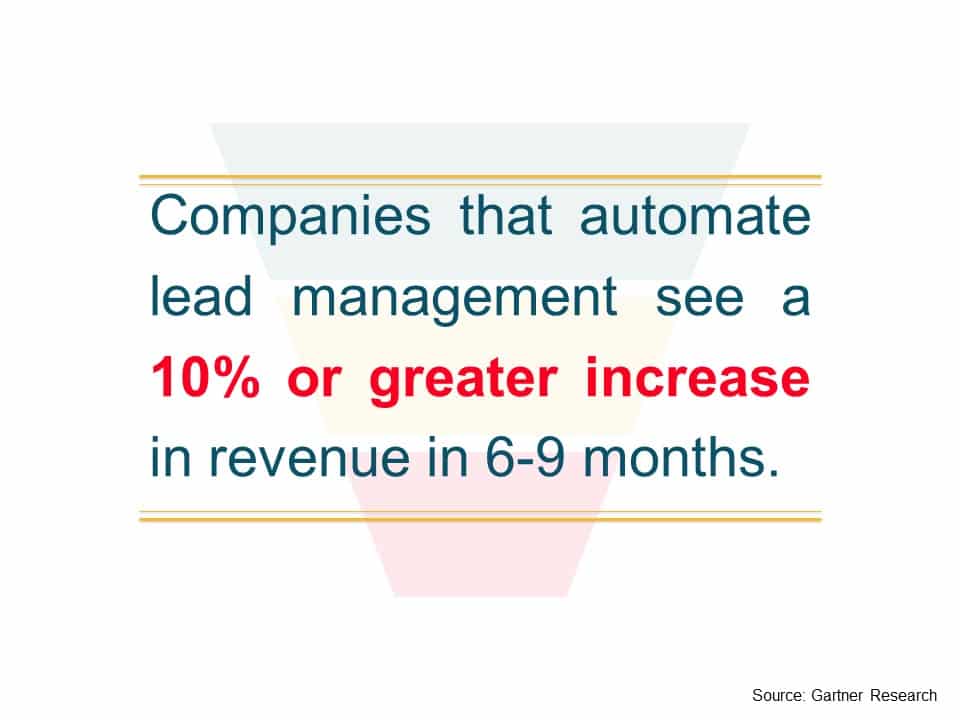Business To Business Networking Made Easy and Profitable
Welcome to part 1 of our 6 part series on Business networking. Business to business networking is a very important part of your marketing. All businesses small, medium and large all network. Trade shows are a perfect example of this. Even if the sales is not completed at the trade show it is great way of making contact and then building relationships using a mixture of B2B sales and marketing techniques.
We have put together a step by step guide on how to make networking working easy and enjoyable, but most importantly profitable. Being an B2B Inbound marketing consultancy we are often asked:
Q: "Why do you go to business to business networking events if you use digital marketing?"
A: " It's part of our marketing mix and it goes into our B2B lead nurturing system.
IF you follow and practice our methods it will make networking, worthwhile
Your Best Foot Forward - Elevator Speech

Use these principles also in text-based descriptions for the web and printed materials, etc. This is commonly called an 'elevator speech' or 'elevator pitch' - as if you were to meet a potentially important contact for the first time in an elevator at a conference and he/she asks you: "What do you do?" You have no more than 20 seconds - perhaps just 10-15 seconds - between floors to explain, and to make such an impressive impact that the person asks for your contact details. If you talk (or write) too much, the listener (or reader) will become bored, or think you are rude or too self-centred. Be concise. You will demonstrate consideration and expertise by conveying your most relevant points in as short a time as possible. Here are the main points for creating your elevator speech:
| 1. your name | "My name is..." Look the other person in the eye. Smile. Shoulders back. Speak with confidence. Sincerity and passion are crucial in making a strong early impression. |
| 2. your business name | "I work for..." or "My business is ..." Loud clear proud again. Do not wait for recognition. |
| 3. based and covering where | "I am based..." and "I cover..." Adapt the town, city, geography for the situation. There is little value in mentioning a tiny village if you are at a global gathering, or your global coverage if you are at a local town gathering. Make this relevant to the situation. |
| 4. your personal specialism and/or offering, and your aims | Be different and special and better in some way from your competitors. Be meaningful for the event or situation or group, and as far as you can guess, be meaningful for the contact. Express what you offer in terms of positive outcomes for those you help or supply, rather than focusing on technical details from your own viewpoint. Load your statements here with special benefits or qualities. Be positive, proud and ambitious in your thinking and expression of what you do. Include in this statement what your aims are, to show you have ambition and that you know what you are seeking from network contacts. |
Depending on the situation, aim to complete your explanation in less than 20 seconds.

Less is more:
lots of powerful points in very few words make a much bigger impact than a lengthy statement.It is a sign of a good mind if you can convey a lot of relevant impressive information in a very short time. Conversely, a long rambling statement shows a lack of preparation, professionalism and experience. N.B. In some situations your speech may flow smoother by inverting points 3 and 4, or combining them. If your organizational structure is complex do not attempt to explain it. The other person is not interested in this level of detail now - they just need to know where you operate, and an indication of scale.
While you are speaking look the other person in the eyes, and be aware of his/her body language to gauge for interest and reaction to you personally, and to help your assessment of the other person's character and mood. After your 'elevator speech' end in a firm, positive, constructive way.
Ending with a question enables more to happen than letting the discussion tail off nowhere or into polite small-talk. Depending on the situation and visible reaction (again see body language for clues of interest) you can end in various ways, for example: "What's your interest here/at this event?" "What are you most wanting to get out of this event/your visit here?", or obviously if you've not already asked: "What do you do?" If you already know the other person's interests and motives, for example ask: "How would you like to improve/change/grow... (various options, for example - your own network, your own business activities, this sort of event, etc)?"

After giving your elevator speech avoid the temptation to force your business card onto the other person (unless this is the tone and expectation of the event), and certainly do not launch a full-blooded sales pitch. Instead try to develop the discussion around what the other person wants to do, achieve, change, grow, etc. And be on your guard for interruptions and sudden opportunities: Many highly competent business people have a habit of interrupting and cutting short discussions when they see an opportunity. This means you may not always finish your elevator speech, in which case allow the discussion to progress, rather than try to complete what you planned to say. Be prepared at any time to respond effectively to an interruption like, "Okay, I get the picture - now what exactly do you need?.."
Be Different and Ambitious

Seek out guidance about developing or refining your offering so that it is strongly differentiated from what is already available in the market-place, whatever your market-place is. If there is no special difference between you and other providers, then people have no reason whatsoever to choose to work with you. Look again at how you describe your business offering (or yourself as a person) - what's different or special about it (or you) this example can be used for marketing for manufacturing companies, how does your company compare with someone in your sector? If there is no difference, you must find a way to create one. Sometimes this is merely a matter of redefining or placing different emphasis on what you already are and already do. This difference must be something that plenty of people will find appealing; ideally irresistible. If you are struggling to find a difference or market advantage, look at your competitors and talk to your customers, and discover what's missing and what can be dramatically improved out there.
There is always at least one thing, usually more - perhaps you can bundle two or three powerful market advantages together. This difference needs to shine out in your elevator speech, and be echoed in your subsequent discussions whenever initial interest develops towards supplying something, or putting a collaborative project together. Aim high and big when thinking about and expressing yourself and your aims. Be realistic of course, but aim to be the best and to lead in some way, in whatever specialisms and market-place you operate.
Your aims should also suggest what you are seeking from business networking - otherwise, there's no reason for you to be networking. Business to business marketing is not simply finding customers in one-to-one meetings and connections; it's building a strong network, helpful for your aims.
Accordingly project yourself as a great networker, as well as being a great supplier or specialist. Business networkers want to work with other networkers who aim high, who have great ambitions; people who see what can be, not merely what is; and who strive for change and improvement. These attitudes make things happen. When you meet like-minded networkers with these attitudes, your network will grow because they'll see you can make things happen too.


